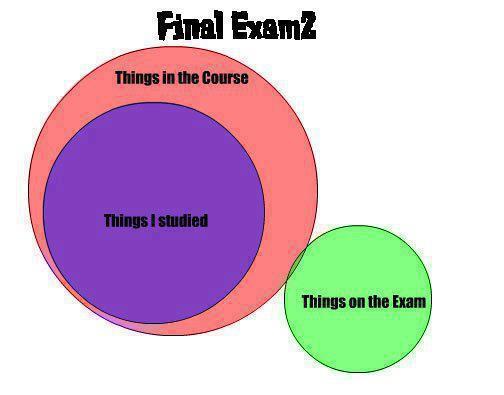Demystifying Complex Conjugates
This is the third post in the Complex Numbers Primer. In the previous post in this series, we have learned that complex numbers can be added and multiplied just like binomials. We did not discuss subtraction since it follows from addition; that is, if and
are complex numbers, then
.
Since we have completed the three fundamental operations on complex numbers, the next logical question would be how do we divide complex numbers? For example, how do we find the quotient of the expression
?
Before we answer that question, recall that in simplifying rational expressions with radicals in the denominator, we multiply the numerator and the denominator of the expression by the ‘conjugate’ of the denominator. For instance, to simplify

